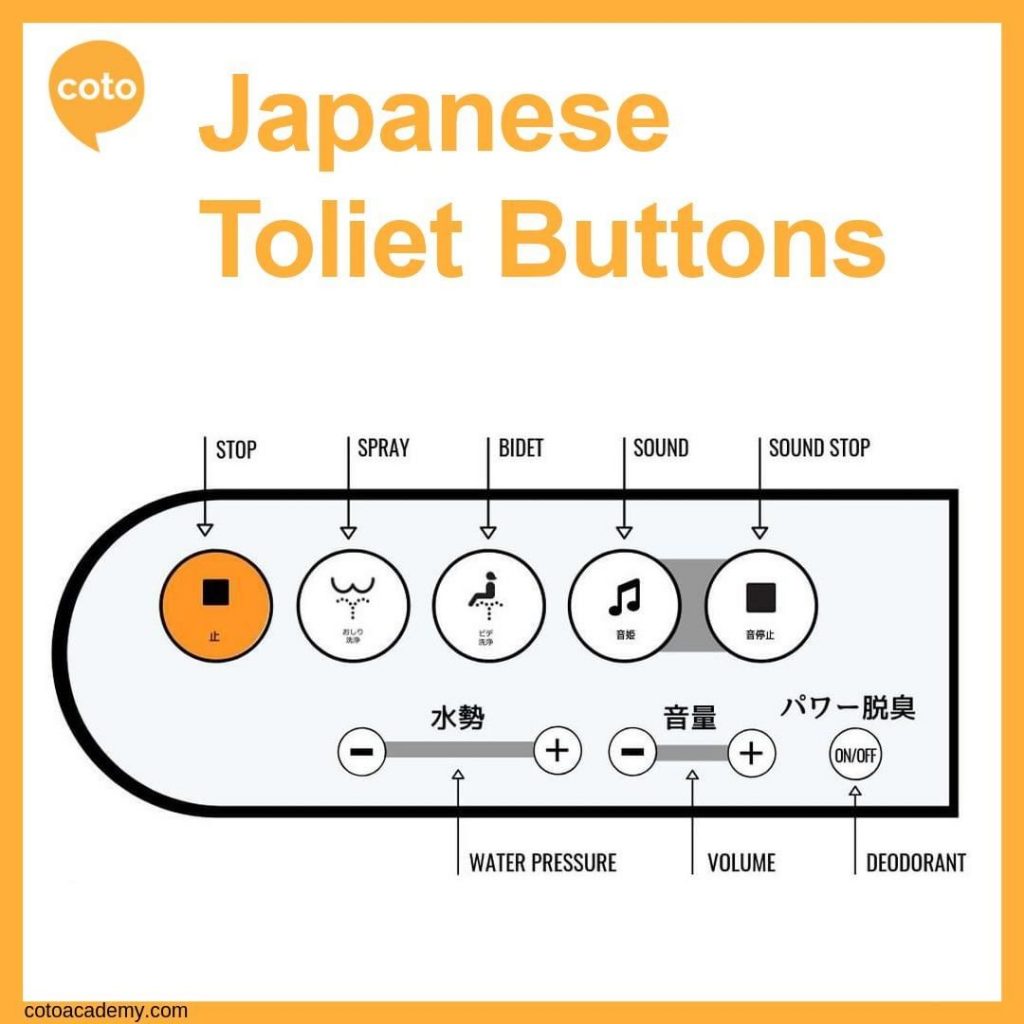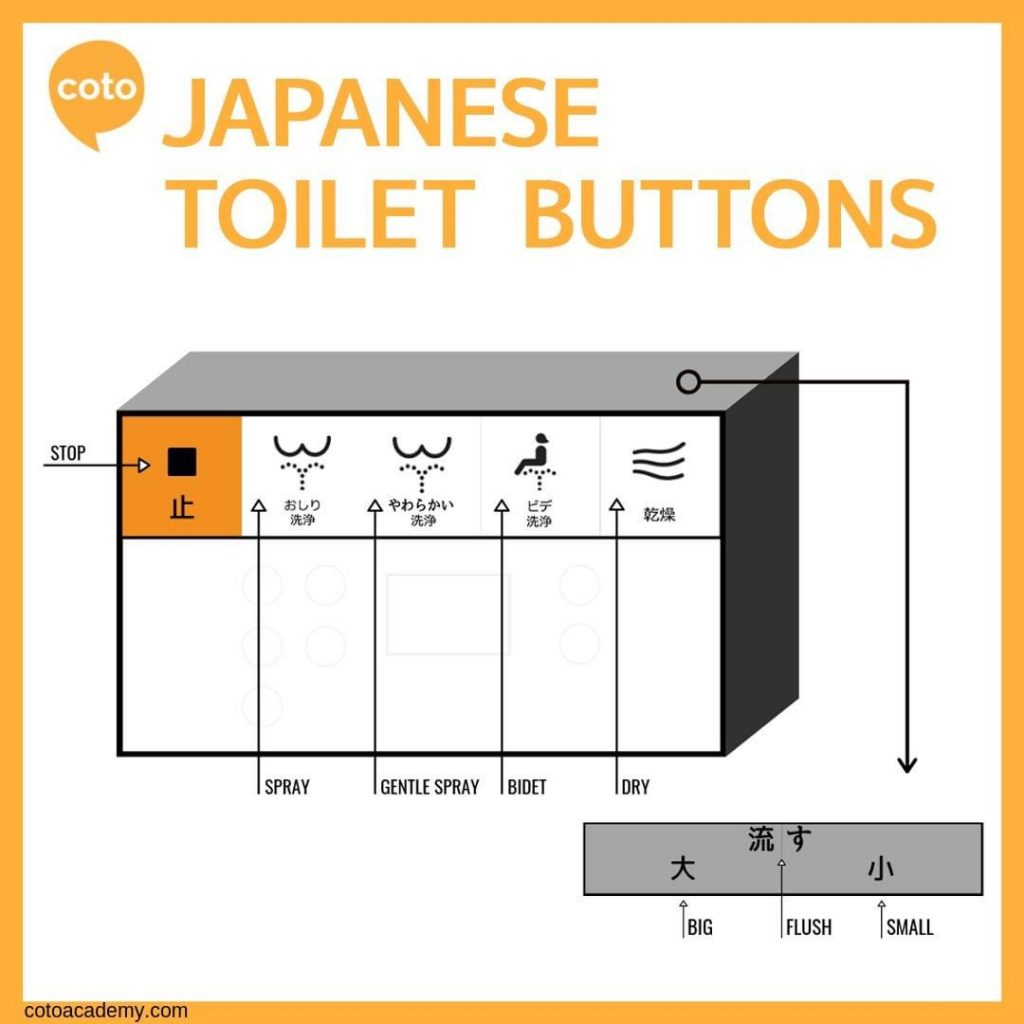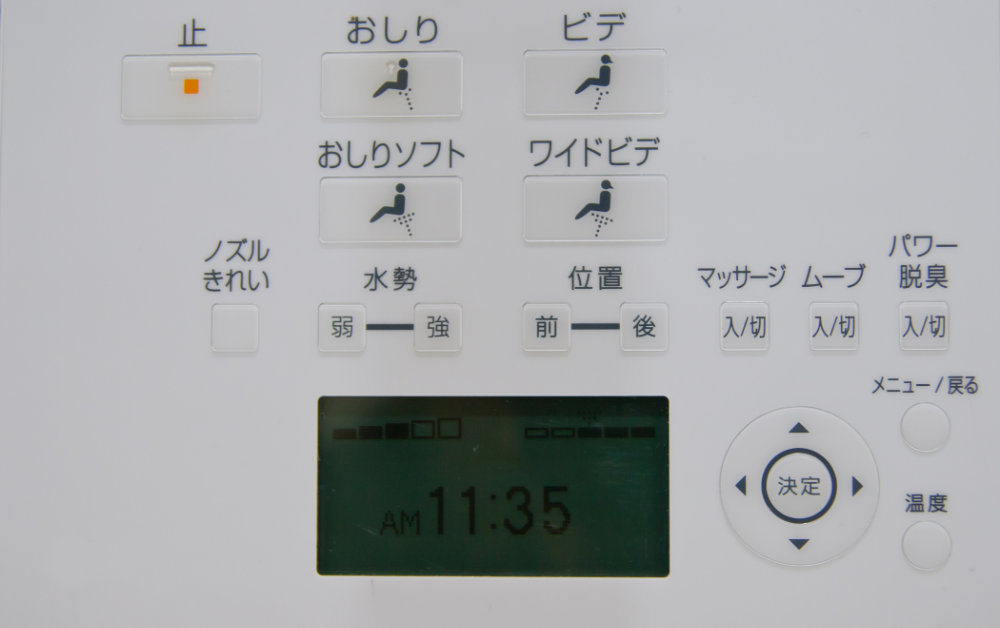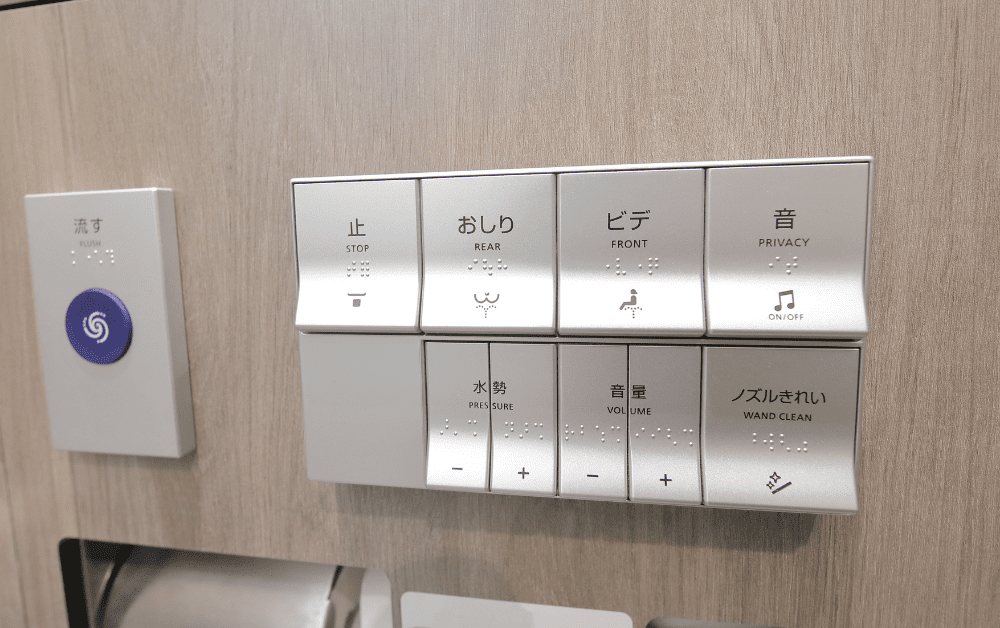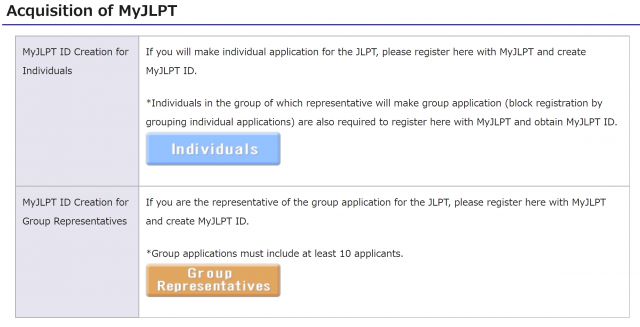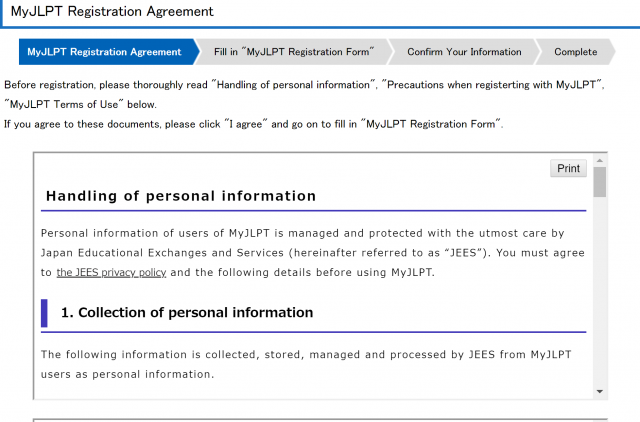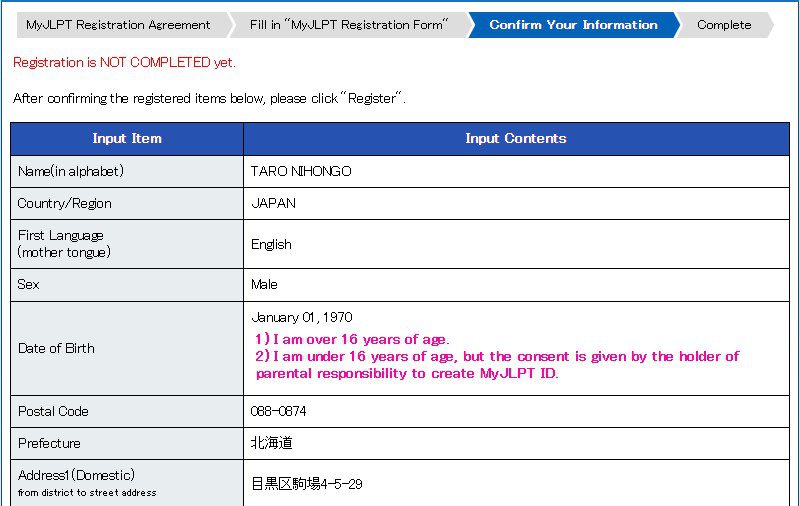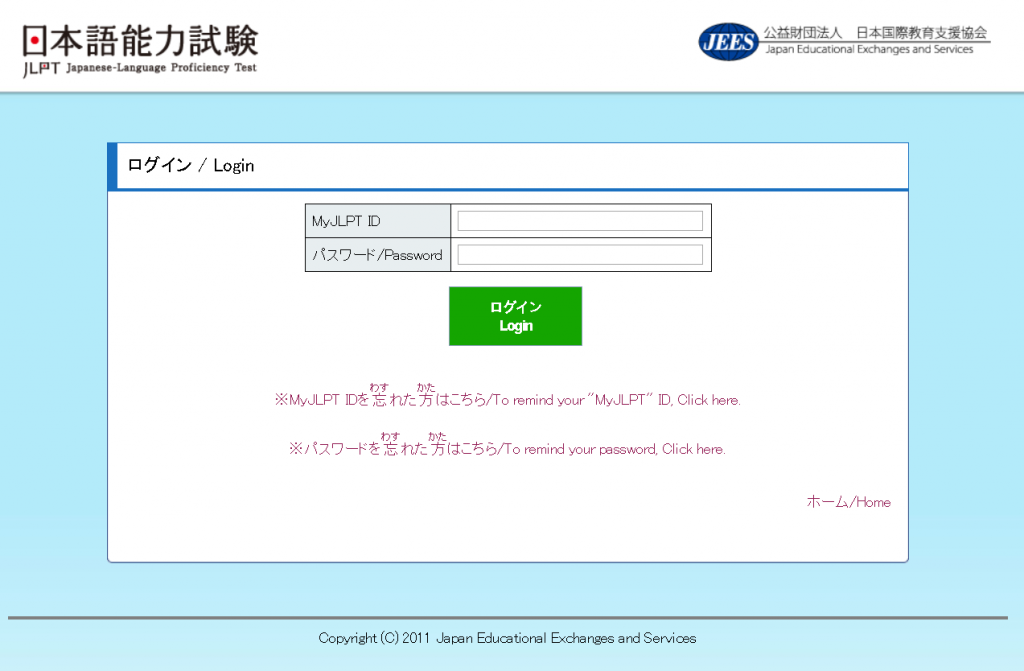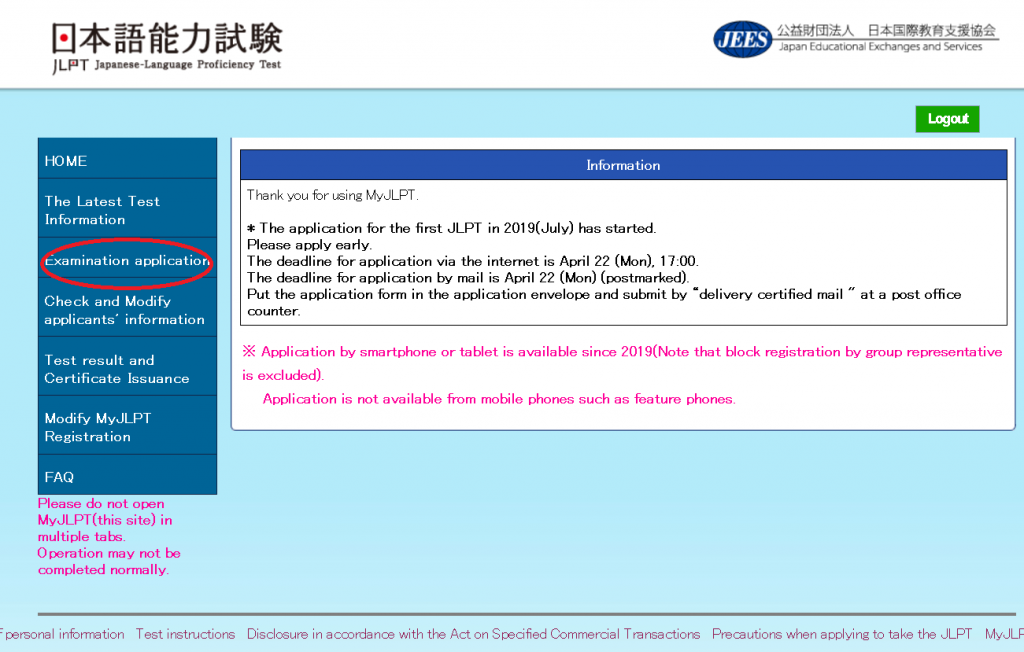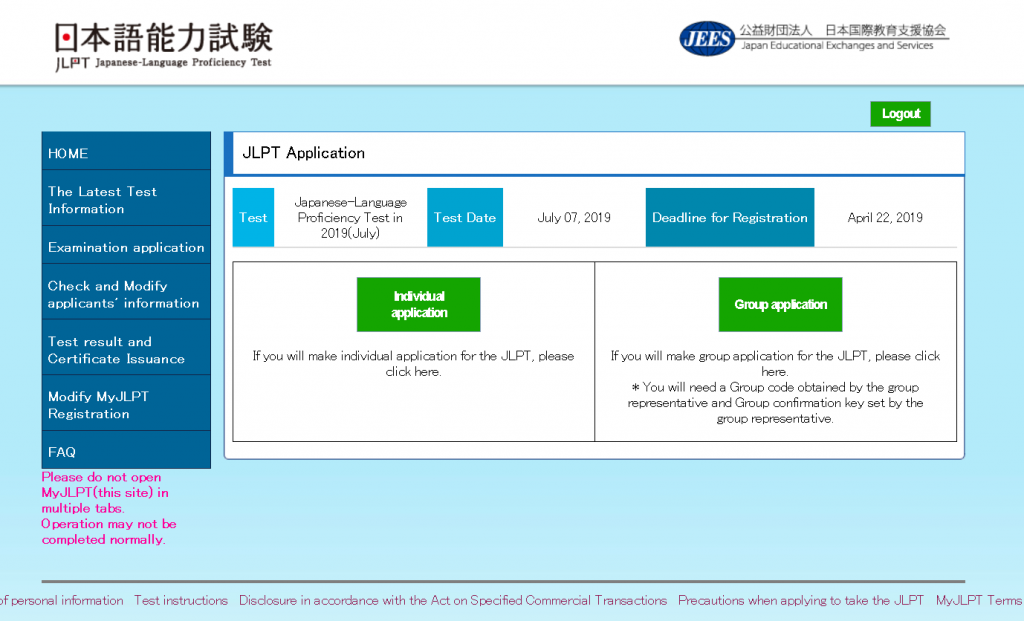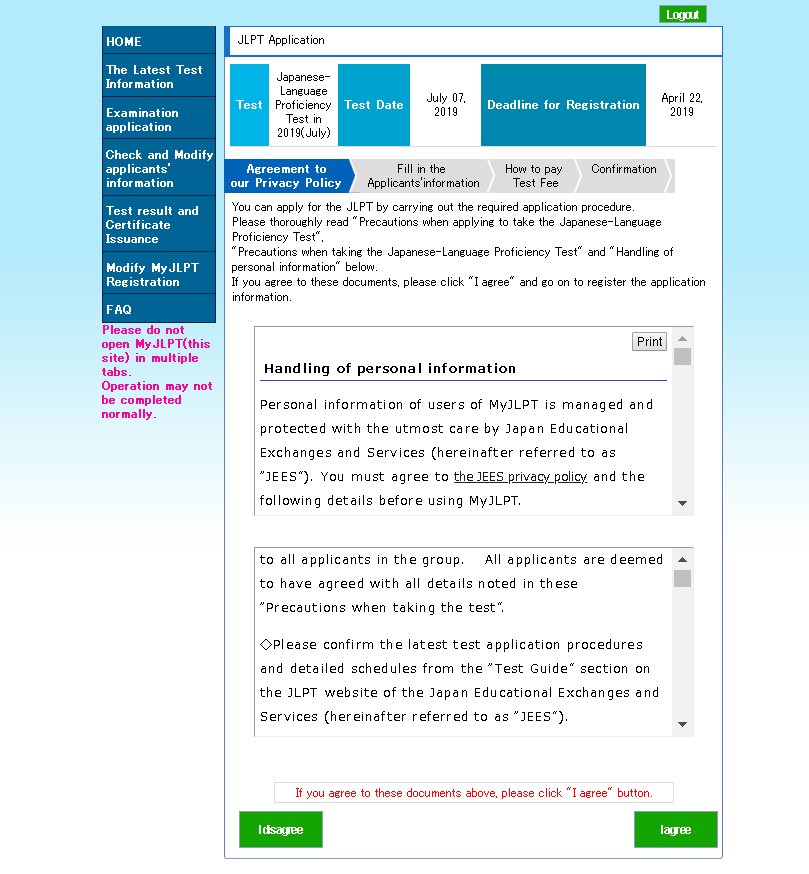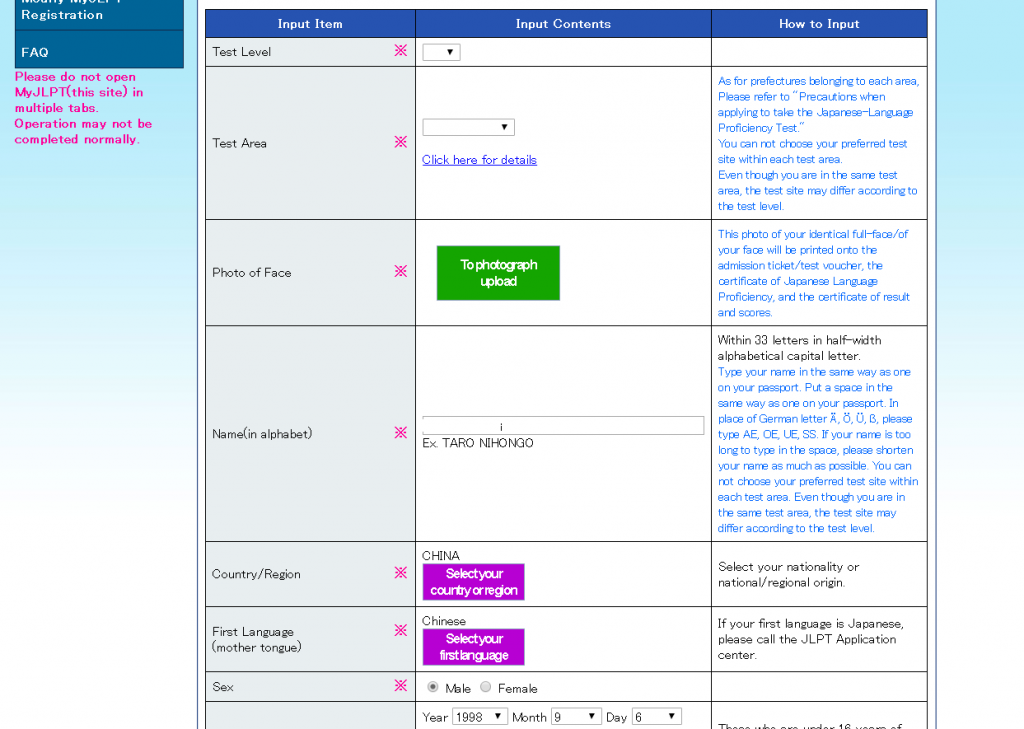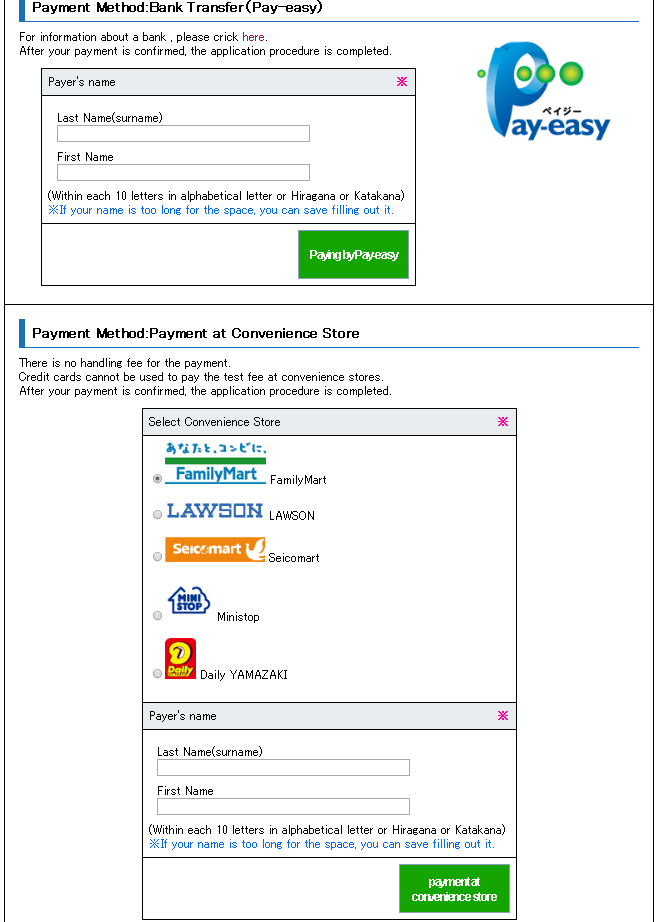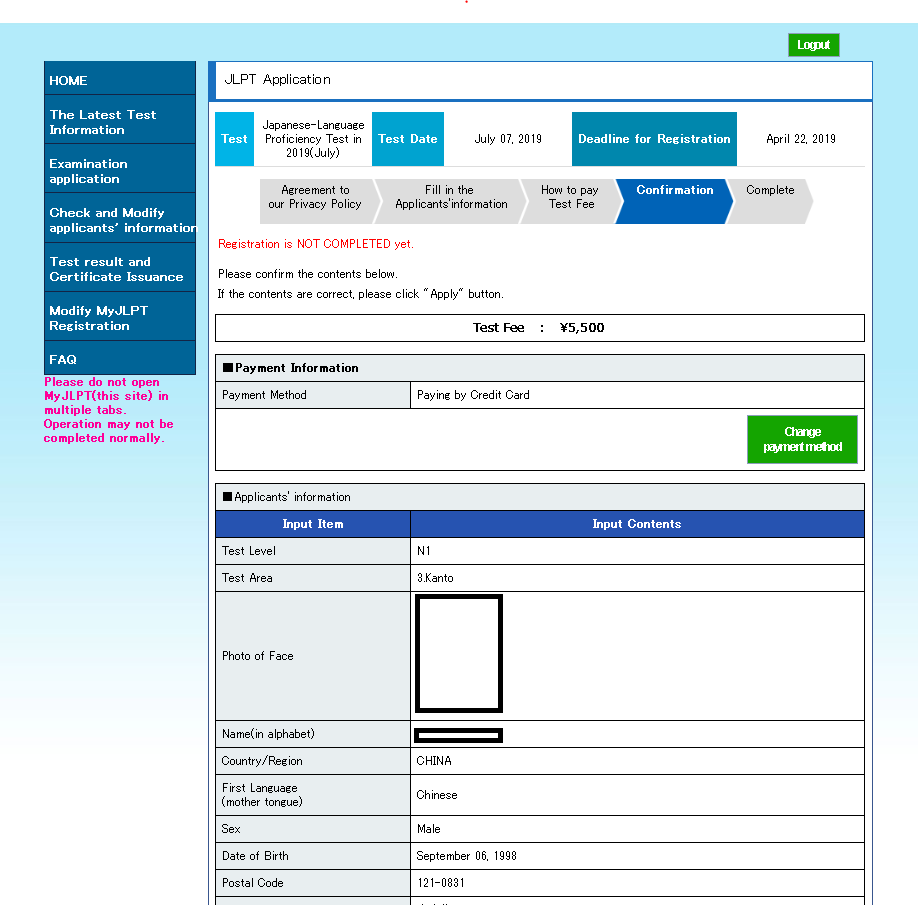日本語学習アプリをお探しの方、日本語のマスターに興味がある方、日本への旅行を計画されている方、日本語のキャリアを追求されている方、あるいはただただ日本の文化に魅了されている方、いずれにせよ日本語を学ぶことはみなさんにとって豊かで実りある経験となることでしょう。
テクノロジーのおかげで、スマホで利用できる言語アプリが増え、言語学習はかつてないほど身近なものになりました。
でも、どれから始めたらいいんだろう?とお思いの方。このブログでは、コトアカデミーの先生方からお聞きしたお勧めの日本語学習アプリ・トップ30をご紹介します。
語彙のビルドアップから文法の練習、文の組み立てに至るまで、これらのアプリがあなたの日本語力を向上させるでしょう。
あなたが初級者でも上級者でも、これらのアプリはきっとあなたの言語学習の目標達成に寄与するはずです。それではさっそく日本語習得に最適なアプリをご紹介します!
日本語学習アプリを使うメリット
新しい言語を学ぶことは難しいことですが、適切なリソースやツールがあれば、短期間で大きな進歩を遂げることができます。日本語学習アプリには、あなたの学習をサポートするための様々な利点があります。
まず第一に、言語学習アプリは便利で利用しやすいものです。スマートフォンにダウンロードすれば、いつでもどこでもアクセスできます。つまり、忙しいスケジュールに合わせて、外出先でも語学学習ができるのです。
語学学習アプリのもう一つの利点は、そのインタラクティブ性です。多くのアプリでは、ゲーミフィケーションやその他のインタラクティブな機能を使って、楽しく魅力的な学習ができます。
これにより、モチベーションを維持し、語学学習のゴールに向けた取り組みができます。さらに、語学学習アプリは、個別に学習計画を立てたり、学習状況を追跡したりすることができるため、学習の進捗状況を把握しやすくなります。
語学アプリで効果的に学習するためのヒント
日本語アプリを最大限に活用するための効果的な学習のコツをご紹介します:
1、現実的な目標を設定する
語学アプリを使い始める前に、達成したい現実的な目標を設定しましょう。基本的なフレーズの習得から高度な文法の習得まで、何でも構いません。目標を設定することで、モチベーションを維持し、進捗状況を把握することができます。
2、コンスタントに練習する
継続的な練習は言語学習の鍵です。たとえ数分でも、毎日語学アプリで練習するようにしましょう。そうすることで、記憶が定着し、時間とともにスキルを身につけることができます。
3、様々な学習方法を使う
楽しく魅力的な学習を続けるために、語学アプリが提供する様々な学習方法:ゲーム、フラッシュカード、音声練習、スピーキング練習などを利用しましょう。
4、実践的な会話スキルに焦点を当てる
語学アプリを最大限に活用するには、実生活で使える実践的な会話スキルに焦点を当てましょう。例えば、食べ物を注文したり、道を尋ねたり、世間話をしたりするフレーズなどです。
日本語学習アプリ トップ 30
言語学習アプリの利点については説明しました。それでは日本語学習アプリのトップ5を紹介していきましょう!
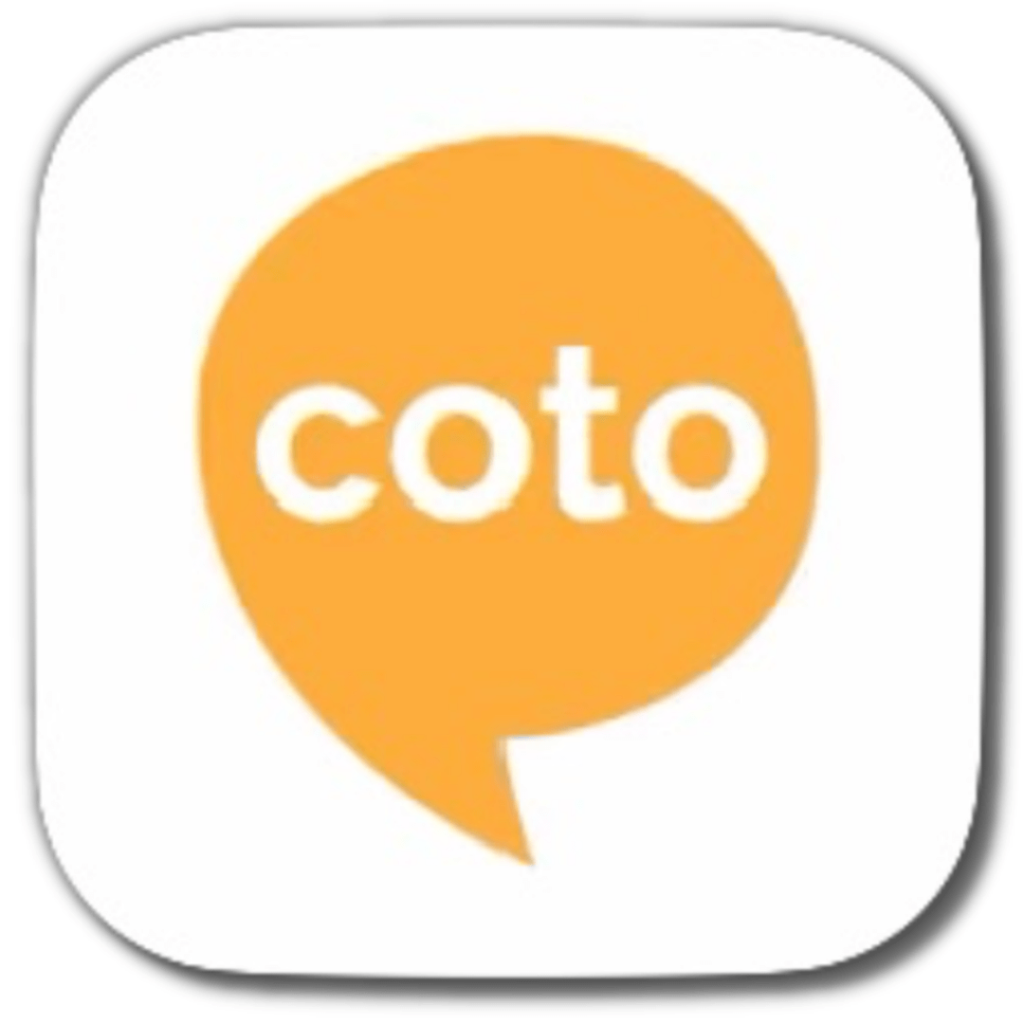
1、Learn Japanese JLPT by Coto: 日本語能力試験対策アプリ
コトアカデミーの日本語学習アプリは、日本語能力試験N3、N4、N5を目指す方にも、総合的な実力強化を目指す方にも、つまりは、まったくの初級者から中級者の方までどなたにも最適です。
このアプリの特徴は、日本語能力試験の文法、語彙、読解をカバーするフラッシュカードが網羅されていることです。これらのフラッシュカードには、過去の日本語能力試験から実際に出題された問題が含まれています。
日本語能力試験に特化したコンテンツに加え、このアプリでは、日本語の基礎的な文字学習、カタカナとひらがなをマスターするためのインタラクティブなクイズができます。これらのクイズは、かなが読めるようになると同時に発音のスキルも高め、日本語の文字の読み書きの基礎が築できるようデザインされています。
クイズが終わると、詳細な分析とフィードバックが表示されるので、自分の苦手な分野を特定し、必要な言語スキルを改善することができます。
自分のペースで学習できるので、忙しい学習者にも便利です。
- Learn Japanese JLPT by Coto
- 開発元: 株式会社コトワールド
- 価格: 無料
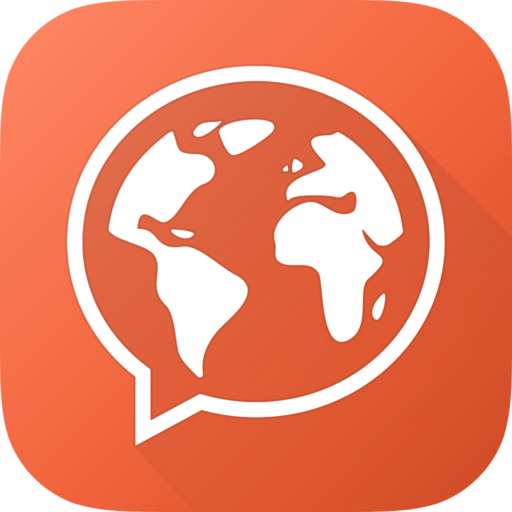
2、Mondly:これから学習を始めるという初級者のために
Mondlyには、学習体験を魅力的で効果的なものにするためにデザインされた様々な機能があります。Mondlyでは毎日、日本語レッスンができるだけでなく、チャットボットによる会話、音声ガイド、テストがあり、総合的に学習をすることができます。
Mondlyの際立った特徴の1つは、40以上の言語に対応していることです。つまり、母国語に関係なく、Mondlyを通じて日本語を学ぶことができます。
もしあなたの母語が英語ではなく、自分の言語的バックグラウンドに合った日本語学習アプリをお探しならば、Mondlyは最適です。
このアプリは、ボキャブラリーのビルドアップに重点を置いた無料レッスンがあり、日本語で効果的にコミュニケーションするために不可欠な単語やフレーズを着実に習得することができます。
Mondlyの特徴は、音声認識やバーチャルリアリティ体験などの革新的な機能です。音声認識では、発音を微調整し、即座にフィードバックを受けることができます。
また、バーチャル・リアリティを利用することで、没入感のあるインタラクティブな学習が可能になります。
- Mondly
- 開発者 ATi Studios
- 価格 無料・プレミアムプラン $9.99/月または$47.99/年

3、Lingodeer:初中級者向け場面会話レッスン
日本語学習アプリとして高い評価を得ているLingodeerには、あなたの語学の旅をサポートする様々な機能があります。語彙と文法に重点を置いたLingodeerは、基礎を固めるのに役立つフラッシュカードコンテンツが網羅されています。
また、このアプリには音声クリップ付きのリーディングレッスンが含まれており、発音を練習してすぐにフィードバックを受けることができます。この機能は、日本語のスピーキングスキルを磨くのに非常に役立ちます。
Lingodeerの学習ヒント機能は、多様な文脈における日本語文法のニュアンスが説明されてあり、それにより学習体験値が上がります。言語とその実用的な使用法について、深い理解ができるようになるのです。
文脈に沿った学習スタイルは、日常生活に関連した語彙や文法構造を確実に習得でき、学習者は自信を持って、日本語でコミュニケーションが取れるようになります。
初級者、中級者の方で、様々な練習問題を含む文脈に沿ったレッスンを期待される方には、LingoDeerが最適です。
- Lingodeer
- 開発者: 株式会社リンゴディア
- 価格: $11.99/月 $55.99/年

4、Duolingo:ゲーム化された楽しい語学学習アプリ
Duolingoは言語学習アプリ(モバイルとウェブで利用可能)で、40以上の言語コースをユーザーに提供しています。
Duolingoは「世界No.1の言語学習方法」を自称しており、文法、語彙、発音、リスニング練習を、わずかな時間でできるゲームにパッケージし、反復的なレッスンで、迅速に学習できるよう設計されています。
Duolingoは、短時間のレッスンとインタラクティブな学習方法を提供することで、学習者のモチベーションを維持します。日本語に関しては、Duolingoは日本語の語彙、ひらがな、漢字に焦点を当てています。ゲーム化されたレッスン内容は1日5分もかかりません。
Duolingoはまた、ユーザーに「ストリーク」の継続を促すことで、継続的な勉強を奨励しています。その日の学習が完了していないと通知が届き、長時間継続するとご褒美がもらえるようになっています。これは、健全な語学学習習慣を培うのに最適な方法です。Duolingoを使った日本語学習のレビューはこちらにあります。
- Duolingo
- 開発者:Duolingo
- 価格:無料(有料版あり)
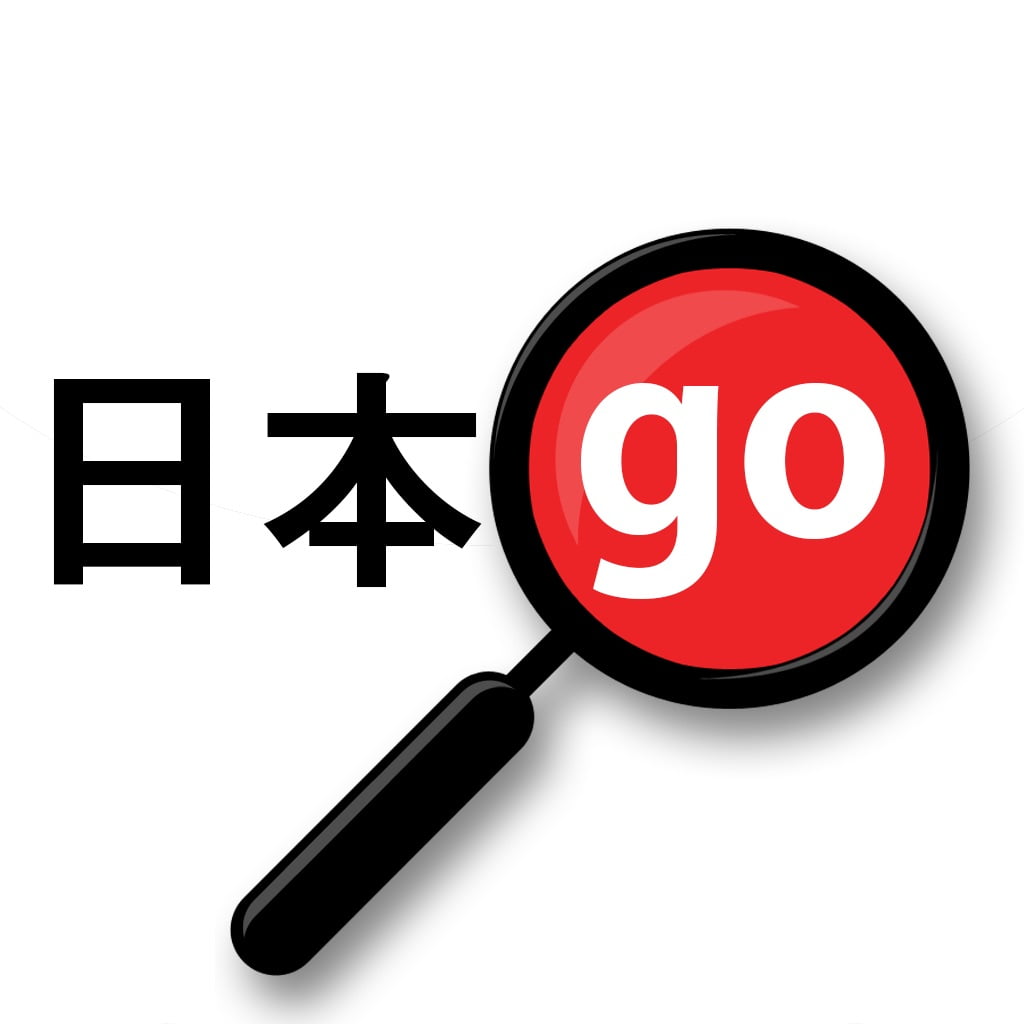
5、Yomiwa:漢字国語辞典
Yomiwaは、日本語の翻訳や辞書として優れたアプリです。このアプリは、すべての機能を網羅的に提供することで、日本語の読解力を強化するよう設計されています。
Yomiwaの特筆すべき機能のひとつは、日本語テキストを複数の言語に翻訳できる多言語機能です。翻訳したい漢字を写真に撮るだけで、Yomiwaが自動的に選択した言語で翻訳します。
この機能は、見慣れない漢字の意味や発音を素早く理解するのに非常に役立つでしょう。
さらにYomiwaの特徴は、ユーザーが語彙のニュアンスを学ぶことに重点を置いていることです。また、指で画面に漢字を描くことで、書く練習にもなり、漢字学習全般に役立ちます。
- Yomiwa
- 開発者:ノマドAI OU
- 価格:無料
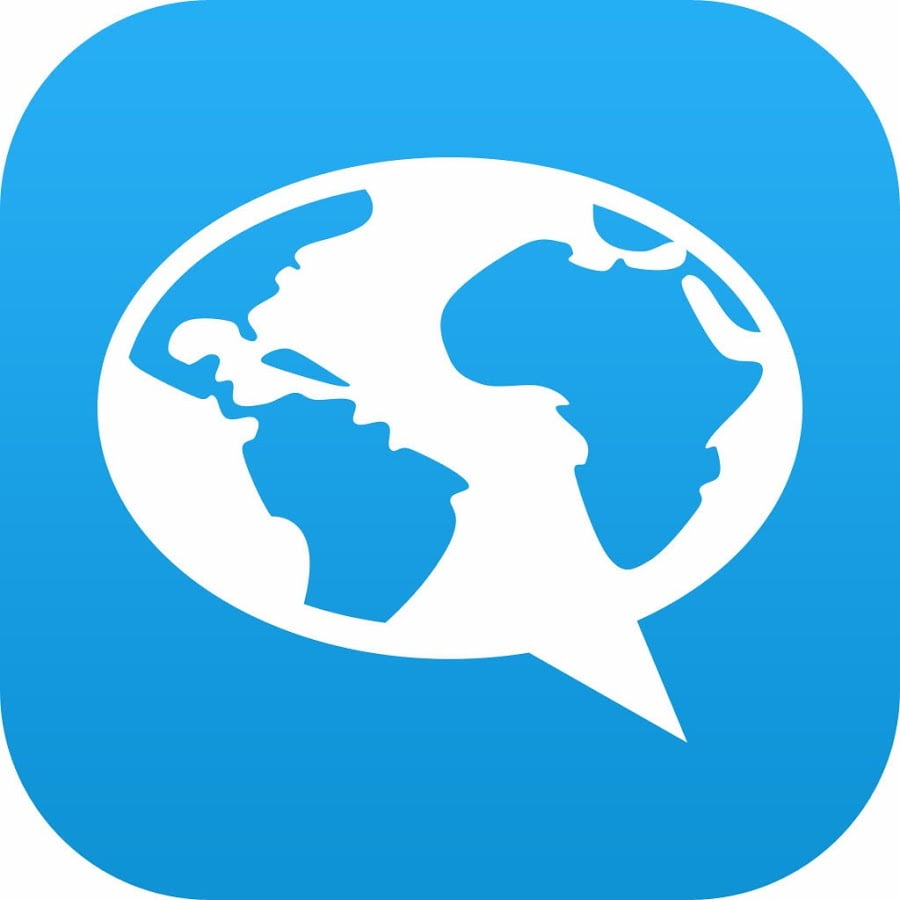
6、FluentU:中上級日本語学習者向けアプリ
FluentUは、没入型の言語体験を求める中級・上級学習者向けの究極の日本語学習アプリです。
FluentUでは、ミュージックビデオ、コマーシャル、映画の予告編、ニュースなど、本物の日本語コンテンツを紹介するリアルなビデオを通して、エキサイティングな日本語学習の旅を楽しむことができます。
このアプリの豊富なビデオコレクションは、様々な習熟度の学習者に対応できるように特別にキュレートされています。各ビデオには日本語字幕と英語訳が付いており、初心者にもわかりやすくなっています。
これにより、それぞれの単語やフレーズの意味を理解しながら、会話について行くことができます。
単語をクリックするだけで、日本語の定義や例文にすぐにアクセスできます。視聴覚学習が好きな方、文脈に沿った学習スタイルを好む方にはFluentUがお勧めです。
- FluentU
- 開発元:Enux Education Limited
- 価格:月額20ドルから
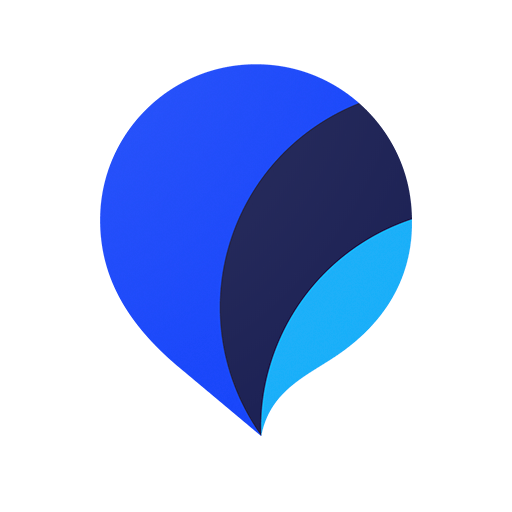
7、Pimsleur:実践的な日本語の語彙と文法のレッスンのために
言語学習の専門資格を持つ言語学者と教育者によって開発されたPimsleurは、日常で使える実用的な日本語の語彙と文法を学びたい初級者に最適な日本語学習アプリです。
Pimsleurの特筆すべき特徴の1つは、ひらがな、カタカナ、漢字の読解レッスンが含まれていることです。これにより、学習者は日本語の表記システムを総合的に理解することができます。
コースは、基本的な日本語のフレーズ、語彙、文法を教えることから始まり、言語学習の基礎を固めることができます。
Pimsleurの特徴は、リスニングとスピーキングに重点を置いていることです。この能力を優先することで、学習者が日本語を理解し、効果的にコミュニケーションする能力を強化することができるのです。
特に予算制限がなく、リスニングとスピーキングを強化したい方にはPimsleurがお勧めです。
- Pimsleur
- 開発者 ポール・ピムスラー
- 価格: 各レベル150ドル (各16時間)

8、Busuu:日本語スピーキング練習と実用日本語
Busuuはユーザーフレンドリーな日本語学習アプリで、レッスンはシステマティックで、学習プランはパーソナライズされます。ユーザーは、アプリで日本語を勉強する時間や期間をカスタマイズすることができます。
ひらがな、カタカナの読み方、書き方、語彙、文法に重点を置きながら、忙しいスケジュールの中でも学習を続けることができます。
レッスンは初級から上級まであります。ネイティブスピーカーとの会話機能もあります。
体系的、構造的、効率的で、話すことに重点を置いた日本語レッスンをお探しなら、Busuuは最適です。
- Busuu
- 開発者:Busuu Limited
- 価格:無料・プレミアムプランは月額12ドルから

9、Tae Kim’s Guide to Learning Japanese
Tae Kim’s Guide to Learning Japaneseは、日本語の初級者から上級者までを対象とした総合的な文法ガイドです。各レッスンでは、新しい文法構造と語彙を紹介し、学習者の語学力向上をサポートします。
ゼロビギナーには、日本語の書き言葉の基本構造を理解することから始めます。
そこから、動詞や形容詞の活用を含む基本的な文法を学び、文法の基礎を固めます。
さらに上級の学習者は、日本語を理解し、使うことにさらに磨きをかけるため、ネイティブの日本語表現を扱うトピックに進むことができます。日本語コミュニケーションのニュアンスをより深く理解することができます。
- Tae Kim’s Guide to Learning Japanese
- 開発者:アダム・クリッチリー
- 価格:無料

10、Renshuu:かわいいご褒美がつくゲーム化された学習アプリ
Renshuuもゲーム化された日本語学習アプリで、語彙、文法、漢字の詳細な解説がついています。このアプリの特徴は多機能なことです。
もしあなたが日本語能力試験の勉強をしているのであれば、日本語能力試験のレベルや漢字検定を選択することができます。
教科書を使う場合は、人気教材(Adventures in Japanese、Genki、Tobira、Yookosoなど)を含むリストからタイトルを選択できます。
独学で学習する場合は、自分のスキルレベル(基本語彙の理解度、会話力など)に合ったオプションを選ぶことができます。
Renshuuには6つのゲームがあります: クイックドロー、しりとりキャット、カウンターパンチ、クロスワード、しりとり、はんこメーカー。最後に、Renshuuにはコミュニティタブがあり、自分で書いた日本語の文を投稿して、日本語学習者からフィードバックを受けることができます。Renshuuを使って日本語を学習したレビューはコチラから。
- Renshuu
- 開発者:マイケル・ホーミニック
- 価格:無料
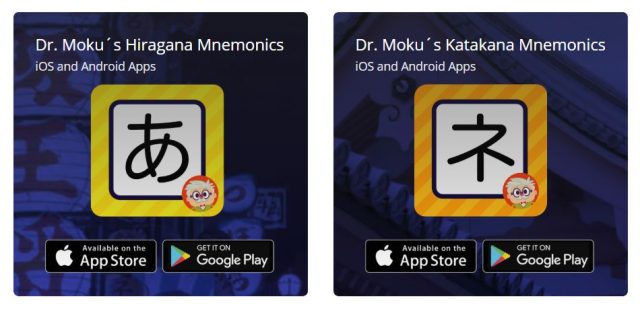
11、Learn Hiragana & Katakana with Dr. Moku:視覚的に学習したい人のために
もしあなたが視覚的に学びたいとお考えで、効果的な日本語学習アプリをお探しなら、Dr. Mokuの「ひらがな・カタカナ暗記帳」はいかがでしょうか。この2つのアプリは、ひらがなとカタカナを簡単にマスターできるように設計されています。
Dr.Mokuのアプリの特徴は、ユニークな学習方法です。丸暗記に頼るのではなく、各かな文字を鮮やかな絵と関連付けることで、より簡単に覚えることができます。Dr.Mokuは、ビジュアル学習が得意なあなたのためのアプリです。
- Learn Hiragana & Katakana with Dr. Moku
- 開発者:バーンボブ
- 価格:無料
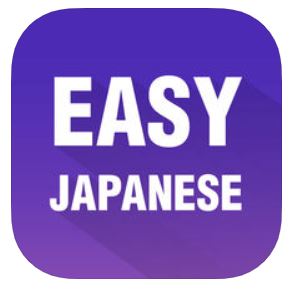
12、Easy Japanese News:ニュースで学ぶ日本語
Easy Japaneseでは、世界中で起こっていることについて、関連情報を学びながら、日本語の読解力を毎日練習することができます。この言語アプリは、CNNやNHK、朝日のような他のサイトのニュースを取り込み、読みやすく言い換えています。
日本の大手ニュース出版社の日本語記事を読みたいと思ったら、おそらくここにそれがあるはずです。ニュース記事をトピック、ソース、難易度、レベル別に並べ替えることもできます。
特定の日本語を検索することもできるので、使われている日本語を見ることもできます!すべての記事にはふりがながあり、すべての漢字には日本語能力試験のレベルも表示されています。また、すべての記事に音声読み上げ機能があり、ふりがなをオフにすることもできます。
さらに、ニュース記事に登場するすべての漢字の上に、ふりがながついているので、いろいろな漢字に慣れることも可能です。
- Easy Japanese News
- 開発者:Ghi Nguyen
- 価格:無料

13、Mondo:日本語を学ぶ仲間を見つける
Mondoは、多様でエキサイティングな機能を提供する多機能な日本語学習アプリです。日本人の友達や日本語学習者仲間ともつながることができるだけでなく、アプリ内で日本のニュース記事を読むこともできます。
読むときは、日本語の単語をクリックすると、すぐに外部の辞書機能を使ってその意味にアクセスすることができます。
Mondoでは、単語にスターをつけたり、パーソナライズされたリストを作成したりすることで、語彙を簡単に保存・整理することができます。さらに、このアプリはユニークな「Handshake」機能を通じてソーシャルな側面を取り入れています。
これにより、アプリ内のネットワーク上の言語パートナーとつながり、ランゲージ・エクスチェンジをしたり、お互いの学習ログをみたりすることができます。
Mondoは単なる語学学習アプリではなく、文化交流やコミュニティ形成のプラットフォームとしても機能します。日本で英語リーディングアプリを開発したクリエイターたちがそのノウハウを活かし、両アプリのユーザーにマッチング機能を提供しています。
ゆっくり学びたい、新しい人と出会いたい、そんなあなたにMondoはぴったりだと思います。
- Mondo
- 開発者:ポリグロッツ
- 価格:無料
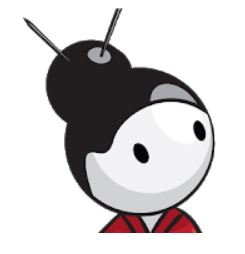
14、Kanji Senpai:漢字の反復練習
Kanji Senpaiは、一度覚えた漢字は永遠に消えないというSRS(spaced repetition system)を採用しています。一度覚えた漢字は永遠に消えることはありません。
Kanji Senpaiは、日本語能力試験の全レベルに出題される漢字を取り入れており、様々な漢字を学習することができます。
漢字を書く練習をしたり、単語帳を作ったりダウンロードしたり、クイズで復習したりすることができます。漢字を練習して覚えたいなら、Kanji Senpaiはあなたのための日本語学習アプリです。他の漢字アプリもチェックしてみてください!
- Kanji Senpai
- 開発者: rodriguezJP
- 価格:無料
15、Anki:SRSフラッシュカード
Ankiは、オンラインでもオフラインでもフラッシュカードを学習できる無料のSRSシステムです。もちろん、実際に筆記用具を使って自分でフラッシュカードを作ることもできますが、今や実際にそうしたいと思いますか?
Ankiでは、自分でフラッシュカードを作ることもできるし、すでに提供されている何千もの高品質な日本語フラッシュカードデッキを使うこともできます。
SRSシステムが日本語学習に最適なツールであることに議論の余地はなく、Ankiは最高のSRSアプリの一つです。Ankiには小さな欠点が一つあるとすれば、Ankiのウェブ版は誰でも無料で利用でき、Androidユーザーならアプリも無料で使えることかもしれません。
アップルユーザーにとっての欠点は、モバイル版のダウンロードに料金がかかることです。最高のフラッシュカードアプリの1つをお求めなら、Ankiがお勧めです。
- Anki
- 開発者:ダミアン・エルメス
- 価格:無料
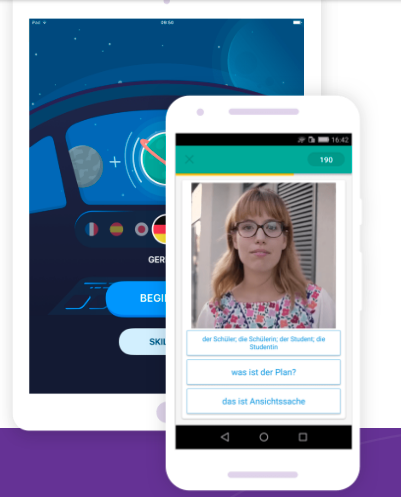
16、Memrise:日本語初級・中級者向け
日本語学習アプリとして、Memriseは非常にユーザーフレンドリーなインターフェースを持ち、バックエンドには非常に優れたテクノロジーを搭載しています。アプリケーションにはプレミアム機能があり、すべてのユーザーが利用できるようにはなっていません。
しかし、基本的な機能と科学に裏打ちされた学習リソースはすべてのユーザーが利用できます。
Memriseは、SRS学習コンセプトを利用しています。このアプリは、あなたがどのくらい勉強したか、どのくらいの頻度で正解と不正解を出したかを記録することができます。そして、研究者が情報を保持するのに最も最適と判断した瞬間にクイズを出題するのです。
Memriseのコースは、Memriseコミュニティのメンバーによって作成されています。ポイントに応じて他のユーザーとランキングするグローバルリーダーボードなど、とても楽しく興味深いコミュニティ機能もあります。
また、アプリのヘビーユーザー(最も多くのポイントを獲得したユーザー)には賞金が贈られる有料コンテストも開催されています。
このアプリの唯一の欠点は、選べるコースが非常に多いことかもしれません。あまり使われていないコースもあり、情報量が少ないことも欠点です。また、音読みと訓読みが同時に表示されないなど、日本語特有の問題もあります。
しかし、これらの問題は微々たるもので、memriseは素晴らしい無料ツールとして強くお勧めできます。
- Memrise
- 開発者:エド・クック
- 価格:無料、月額8.49ドルでプレミアム機能を利用可能
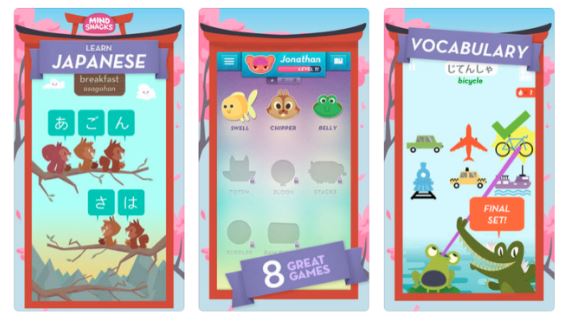
17、Mindsnacks – Limited Free Version
MindSnacksはダイナミックな日本語学習アプリで、限定無料版とアプリ内課金による追加コンテンツがあります。ゲーム化された学習体験がお好きなら、MindSnacksは非常に魅力的なアプリです。
このアプリには、日本語の基本的な漢字、ひらがな、カタカナの学習に焦点を当てたインタラクティブなゲームがあります。
MindSnacksには8種類のゲームモードがあり、手と目の連動、スピードドリル、並べ替え練習、聞き取りなどを組み合わせることで、楽しくインタラクティブに漢字を学習することができます。
このアプリは初心者の学習者に最適ですが、日本語を勉強したことがあるけれど最近練習していないという方にとっても、いい復習になります。
- Mindsnacks – Limited Free Version
- 開発者:MindSnacks
- 価格:無料

18、Bunpro:文法練習専用アプリ
Bunproは、SRSフラッシュカードのコンセプトを組み合わせた、日本語文法学習のための新しいオンラインプラットフォームです。日本語能力試験の各レベルに出題される文法項目ごとに、例文、クイズ、レッスンが用意されています。
また、学習の進捗状況を確認したり、自動リマインダーがあるので、勉強が遅れても簡単に遅れを取り戻すことができます。両プラットフォームのアプリは現在ベータテスト中ですが、試してみたい方は上記のリンク先のウェブサイトからアクセスできます。
日本語学習アプリで文法練習に特化したいなら、Bunproがおすすめです。
- Bunpro
- 開発元:Bunpro SRS
- 価格:無料トライアル(1ヶ月)、月額サブスクリプション(5ドル)
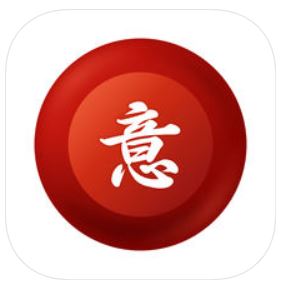
19、Imiwa:日本語辞書
漢字、かな、ローマ字で検索できるパワフルな辞書です。単語には例文(ふりがな付き)も付いているので、会話の中でどのように使われているかを確認することができます。
単語をタップして発音を聞くこともできます。その他にも、動詞の活用表、お気に入りの単語を記録しておけるノート、JLTPの語彙リストなどがあります。
最も便利な機能の一つは漢字機能です。画面に直接漢字を描くだけで、その漢字を検索することができます。また、部首や画数から漢字を検索できる便利なガイドもあります。
探している漢字が見つかったら、その漢字が何画で構成されているかを表示し、その漢字を書く練習もできます。
- Imiwa
- 開発者:Pierre-Phi di Costanzo
- 価格:無料
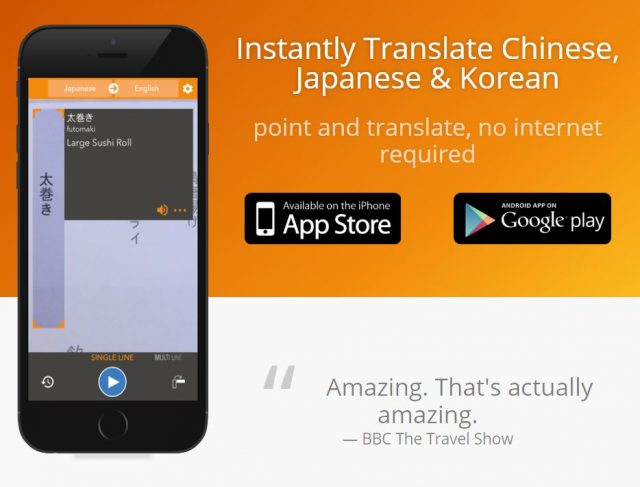
20、Waygo
Yomiwaに似た日本語学習アプリを探しているなら、Waygoもチェックしてみてください。WaygoとYomiwaは、従来の辞書とは異なるという点で似ており、漢字の翻訳に便利です。
どちらのアプリも機能は似ています: ユーザーは写真を撮るか、写真アルバムから写真を選ぶと、アプリが写真内の漢字を英語に翻訳してくれます。Yomiwaは横書きと縦書きのテキストを読むことができ、Waygoは北京語と広東語のテキストも翻訳できます。ただし、Waygoの無料版では1日10件までしか翻訳ができません。
- Waygo
- 開発者:海外翻訳
- 価格:無料(アプリ内課金あり)
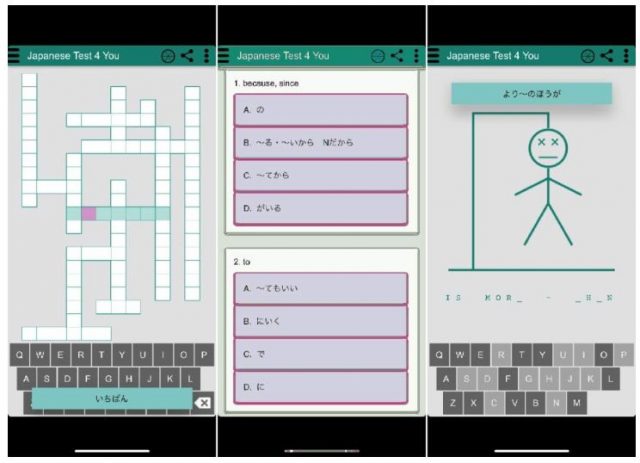
21、Studystack:ゲームフラッシュカードアプリ
シンプルで楽しいフラッシュカードゲームアプリをお探しなら、Study Stackはいかがでしょう。このアプリには、暗記の単調さを解消し、わかりやすい学習体験を提供する様々なゲームがあります。
Study Stackの特徴的なゲームの1つはハングマンで、単語を当てるのに苦労したらヒントをタップできます。さらに、古典的なゲーム “スネーク “の日本食をテーマにしたバージョンなど、魅力的なゲームもあります。
最初は戸惑うかもしれませんが、アプリの機能は従来のものと変わりません。もっとシンプルなオプションがお好みなら、Study Stackにはペアマッチングゲームやクロスワードパズルもあります。
- Studystack
- 開発者:ジョン・ワイドナー
- 価格:無料

22、Pocket Colony:実際の人と日本語を練習する
ポケットコロニーは、仮想世界に住む自分のミニチュア「ポカタ」を作ることができる、日本で人気のアプリです。他のアプリ(LINE PLAYなど)と同じように、ポカターと一緒にクエストをクリアしたり、ゲームをしたり、着せ替えをしたり、自分の家のモデルを作ったりすることができます。
このアプリケーションには日本人が多く参加しており、もしあなたが挑戦する気があれば、日本語のアプリケーションもダウンロードすることができます。
掲示板でチャットをしたり、さまざまな世界を旅して潜在的な言語パートナーと出会い、仲良くなることもできます。現時点ではiOS版のみ英語対応です。オンラインで日本人と自然に出会い、会話したいなら、ポケットコロニーです。
- Pocket Colony
- 開発元:cocone
- 価格 無料(アプリ内課金あり)

23、Ameba
Amebaは日本で人気のブログサイトです。多くのソーシャル・ネットワーキング・サイト同様、Amebaも外出先でも利用できます。Amebaのアプリケーションを使えば、好きなバンドやファッションアイコン、ゲームの最新情報を日本語で得ることができます。
Amebaを利用する最大のメリットは、日本語でブログを更新し、同じ趣味を持つネイティブスピーカーを見つけることができることです。
日本で新しい才能を発見したり、ネイティブスピーカーと友達になったり、インターネットスラングを学んだり、日本語で日記を書き、その上達を振り返ったりするのにとても良い方法です。
何を書くか、どれだけ書くかはあなた次第なので、自由に探求してください!日本のオンラインカルチャーを学びながら、常にアンテナを張っていたい人にピッタリです。
- Ameba
- 開発元:株式会社サイバーエージェント
- 価格:無料(アプリ内課金あり)

24、Lext Talk:デジタルペンパルで日本語の練習
Lext Talkは世界中の人とつながることができるアプリケーションです。プロフィールが完成したら、どの言語を話すか、どの言語を学びたいかを選択できます。
Lext Talkの便利な機能はマップです。ユーザーはLext Talkのマップをブラウズして探索し、自分の地域の言語パートナーを探したり、特定の地域のパートナーを探したりすることができます。
つまり、関西方言を話す相手を探すのがとても簡単になります。また、Lext Talkには「英語を学ぼう」や「Jpop Fans United」など様々なテーマのチャットルームが用意されており、同じ趣味を持つ友達と出会ったり、好きな言語でチャットを楽しむことができます。
- Lext Talk
- 開発者:レクスト・トーク
- 価格:無料(アプリ内課金あり)
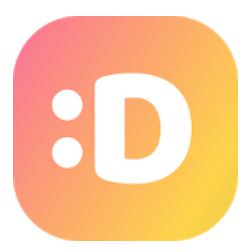
25、Doongle:アンドロイド版レクスト・トーク
Lext Talkは気に入ったけど、アンドロイド携帯を使っているから…。ご心配なく、Androidユーザーにも同様の日本語学習アプリがあります!Doongleは、音声メッセージや写真などを共有できるアプリです。
他の言語交換アプリと同じように、マップを見ながら同じ地域や選択した地域の言語パートナーを簡単に見つけることができます。
また、このアプリでは、ユーザーのプロフィールをフィルタリングすることができるので、同じ年齢層の人、同じ都市や次の旅行先に住んでいる人、歌舞伎など同じ興味を持つ人などを簡単に見つけることができます。
Doongleはグループチャット機能も提供しており、英文法について話したり、お好み焼きの作り方のコツを共有したりすることもできます。
Lext Talkは気に入ったけどiPhoneは持っていない、という人にはDoongleがおすすめです。
- Doongle
- 開発者:Doongle
- 価格:無料(アプリ内課金あり)
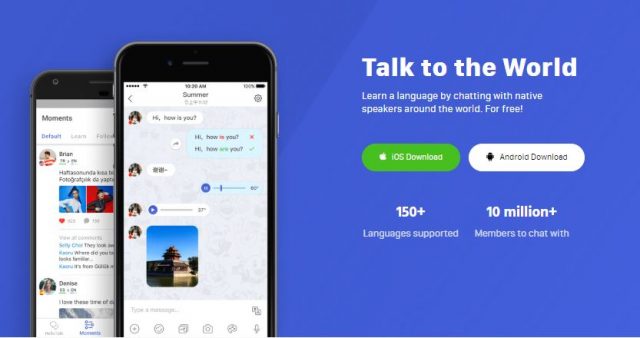
26、Hello Talk:日本語会話を直接練習する
HelloTalkは、世界中の人と会話できる言語交換アプリです。プロフィールに簡単な自己紹介を書き、母語を選択し、現在学習中の言語とレベルを選択します。
その後、世界中のネイティブパートナーを検索することができます!HelloTalkは、ランゲージ・エクスチェンジを始めたいと思っている多くのユーザーに絶大な人気があります。チャットに使用するプラットフォームは、他のテキストアプリケーションと非常によく似ています。
HelloTalkが類似の言語交換アプリと異なるのは、便利な機能があることです。ネイティブスピーカーがあなたのメッセージを編集し、文法を修正しながら、AKB48のコンサートについて一緒にチャットすることもできます。
ユーザーは音声メッセージを書き起こすこともできるので、たんに読み書きをしているわけではなく、会話や理解力の練習もできるのです。
他人と直接会話したり話したりする練習をしたいなら、Hello Talkは最適です。
- Hello Talk
- 開発者:HelloTalk Learn Languages アプリ
- 価格:無料(アプリ内課金あり)

27、Skritter:手書きの練習
Skritterは手書き入力とフラッシュカードを組み合わせた素晴らしいアプリです。日本語と中国語の両方を学ぶことができます。Skritterの日本語バージョンは日々進化しており、アプリの改良に熱心な企業によって、しっかりとサポートされています。日本語を書く練習をしたいなら、Skritterがおすすめです。
- Skritter
- 開発元:インクレン株式会社
- 価格:無料(アプリ内課金あり

フラッシュカードは日本語の語彙を学習するためのものだと思われがちですが、文法も同じ方法を使っています。
各レッスンは、文法事項の説明から始まり、選択問題や単語を正しい順番に並べる練習問題で構成されています。すべての課題をマスターすると、レッスンは「完了」と表示されます。
初心者なら無料版で十分でしょう。日本語能力試験のセクションと、「アルファベットと基本単語」と呼ばれるひらがな、カタカナ、基本フレーズ、ボキャブラリーに特化した18のセクションがあります。
日本語の文字や表現はすべてローマ字で表示されるので、日本語の書き方を完全にマスターしていなくても心配はいりません。
Bunpoは非常によく構成されており、簡潔なので、無駄のないレッスンを好む日本人学習者にはぴったりです。私たちはBunpoがDuolingoに似ていると考えています。
唯一の違いは、Duolingoが日本語学習にゲーミフィケーションのアプローチを取っていること、楽しく遊び心のあるデザインとかわいいマスコットが満載です。
ビジュアルが多すぎて感覚過敏になる人は、Bunpoを試してみるといいかもしれません。最終的には好みの問題ですね!
対象レベル 初心者から中級者
29、OTO Navi:サウンド・ナビゲーター
OTOナビは、ジャパンタイムズ出版の書籍の音声教材が聴けるアプリです。このアプリは、書籍のタイトルを検索するか、書籍のバーコードをスマホで読み取るかの2つの方法で、音声素材をフルセットでダウンロードすることができます。
ただし、音声素材は同社が出版した書籍にのみ対応しているため、ランダムな書籍の音声ファイルを見つけることはできません。それでも、誰でも無料で使えるので、たとえその本を持っていなくても、このアプリを使って理解力を高めることはできます!
- OTO Navi
- 開発元:ジャパンタイムズ出版
- 価格:無料(アプリ内課金あり)
30、Ringotan:漢字を書く練習
漢字を覚えるのが苦手な方。このアプリは漢字の書き方を練習し、読み方を覚えるためのアプリです。
ひらがな、カタカナ、3,500字の漢字を学ぶことができます。ひらがな、カタカナ、3,500字の漢字を教えてくれます。
つまり、Ringotanがあなたのためにクイズを作るとき、それはあなたが苦手とする漢字だけになるということです。近い将来、Ringotanは有料アプリに機能を変更する予定です。しかし、今Ringotanをダウンロードしたユーザーは、完全版を永久に無料で利用することができます。
日本語学習のためのその他のリソース
言語アプリの他にも、日本語を学ぶためのリソースはたくさんあります。その中でも特におすすめのものをいくつか紹介します:
1、ポッドキャスト
日本語のポッドキャストは、リスニング力をアップし、日本文化を学ぶのに最適です。
2、YouTubeチャンネル
YouTubeには、日本語を教えるためのチャンネルがたくさんあります。人気のあるチャンネルは、Japanese Ammo with MisaやJapanesePod101などです。
3、書籍
教科書からフレーズ集、マンガまで、日本語を学ぶための本はたくさんあります。これまで、私たちは、日本語能力試験のレベル別に、学習者に適した教科書を紹介する記事をたくさん書いてきましたので、以下ご参照ください。
- 20 Japanese N5 Textbooks to Ace JLPT 2022
- Top 16 Japanese N4 Textbooks for JLPT 2022
- 20 JLPT N3 Textbooks for 2022
- 15 JLPT N2 Books for Advanced Japanese Learners
- 10 JLPT N1 Textbooks for 2022
結論
結論として、語学アプリは楽しく便利に日本語を学ぶことができます。アプリを選ぶ際には、体系的なレッスン、音声や動画コンテンツ、学習進捗管理、ソーシャル機能などを提供しているものを探しましょう。
アプリを最大限に活用するには、現実的な目標を設定し、コンスタントに練習し、実践的な会話スキルに焦点を当てましょう。さらに、ポッドキャスト、YouTubeチャンネル、書籍などの追加リソースを利用して学習を補いましょう。
継続的な練習と努力で、日本語をマスターし、チャンスを広げることができます。
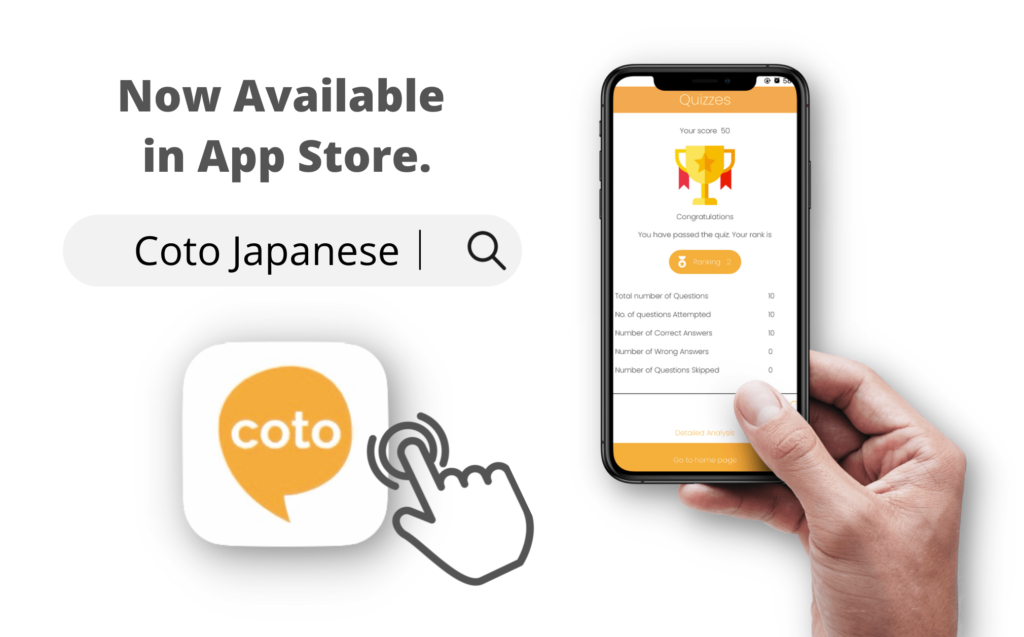
東京での日本語学習にご興味のある方は、下記のフォームにご記入の上、当校の詳細をご覧ください!
日本語を学ぶためのトップアプリは、Duolingo、Rosetta Stone、Memrise、FluentU、Tae Kim’s Guide to Learning Japaneseなどです。
そうですね、Duolingoは日本語を学ぶためのゲーム化されたレッスン、語彙練習、インタラクティブな練習問題を提供する人気のアプリでしょう。
ロゼッタストーンは、その没入型言語学習アプローチで知られ、音声認識とインタラクティブなレッスンで効果的に日本語を学ぶことができると思います。
はい、Memriseは語彙に特化したアプリで、学習者が日本語の語彙をマスターできるよう、時間をあけて反復練習をしたりというニモニックのテクニックを使っています。
ほとんどのアプリは初級者に適したリソースやレッスンを提供しており、ゼロからでも日本語を学ぶことができるようになっています。


